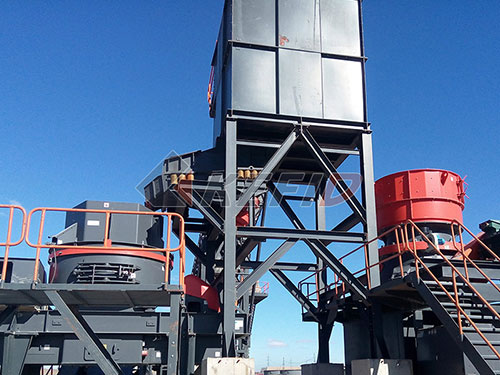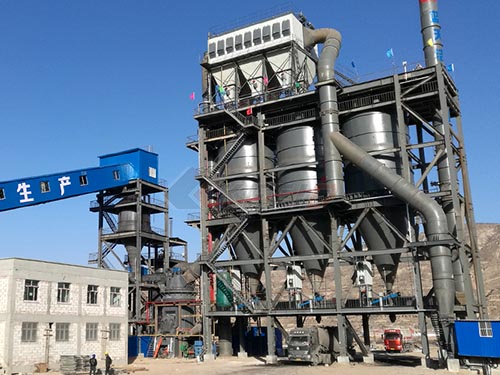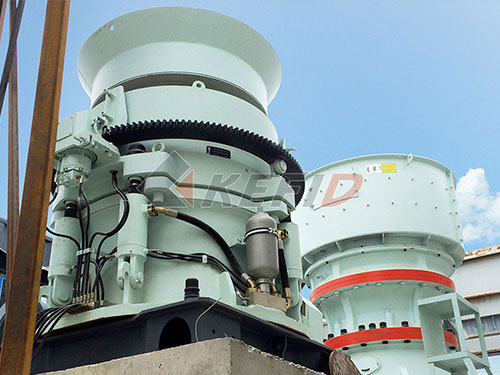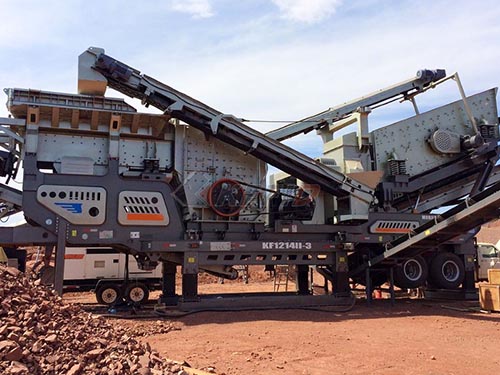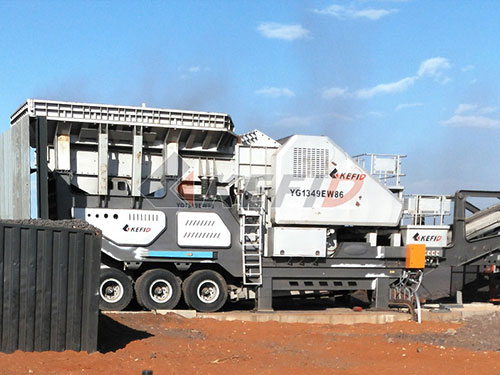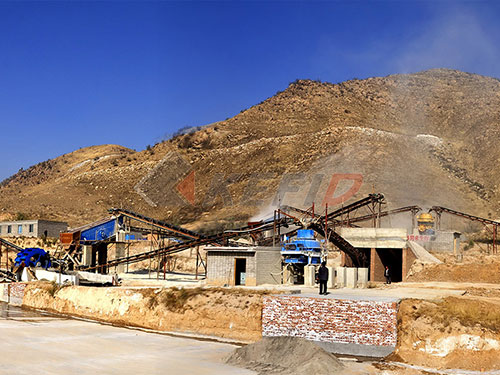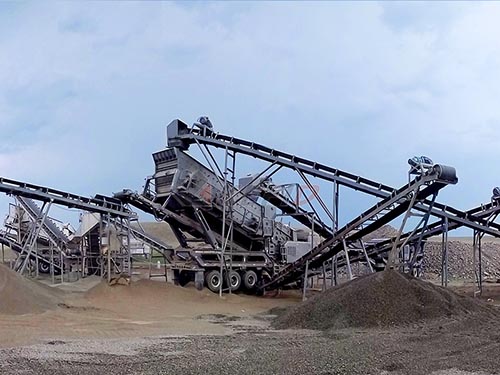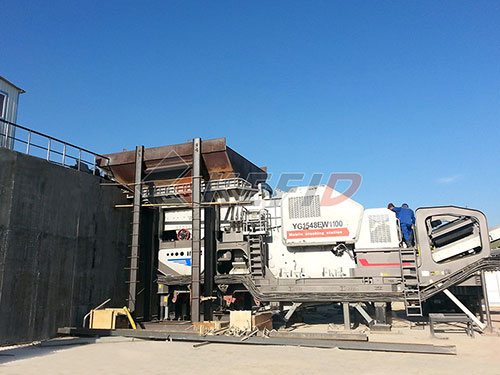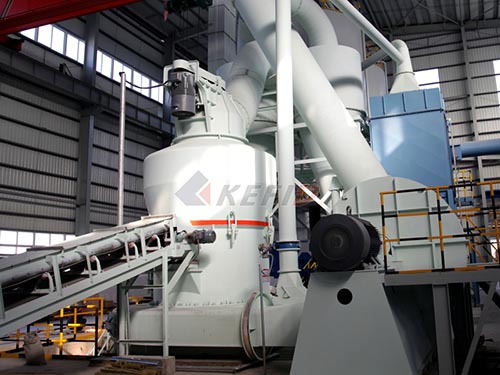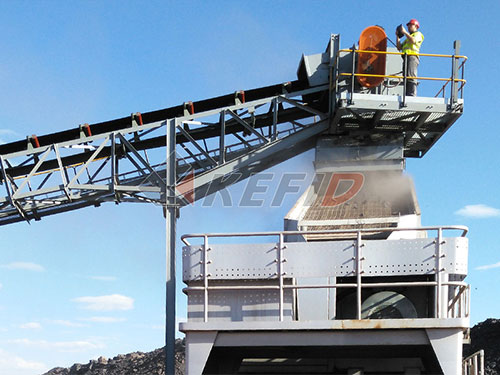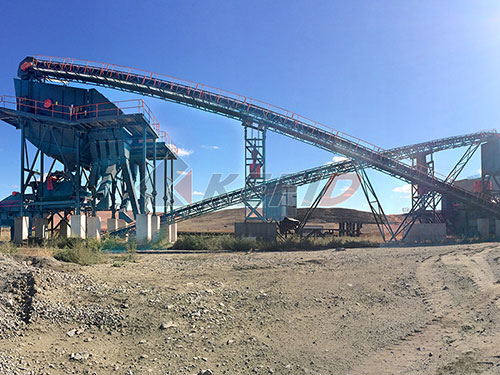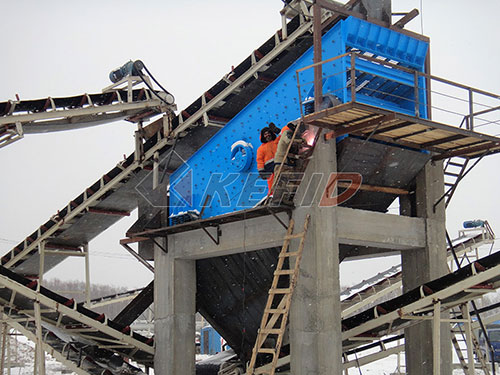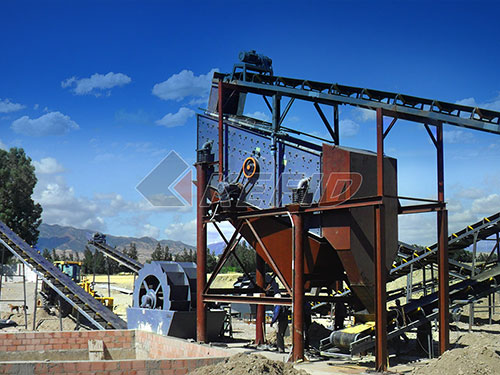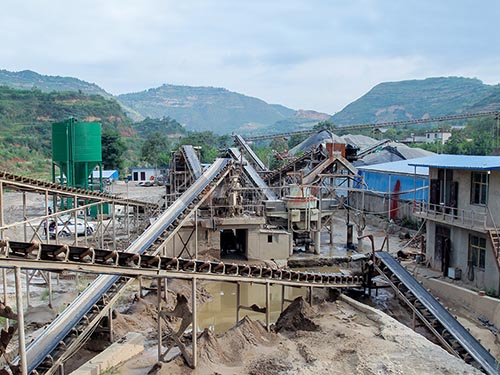The Essential Guide to Jaw Crusher Service Manuals & Pricing: Maximizing Value & Uptime
Jaw crushers stand as the undisputed workhorses of primary crushing stages across mining, aggregate production, construction recycling, and demolition sites worldwide. Their robust design and relatively straightforward operating principle – utilizing compressive force between a fixed and a reciprocating jaw plate to fracture rock – make them indispensable for reducing large feed material into manageable sizes for downstream processing.
However, owning or operating a jaw crusher is more than just feeding rocks and collecting output. Ensuring consistent performance, minimizing costly downtime due to unexpected failures, and maximizing the return on your significant capital investment hinges critically on two interconnected elements: access to a comprehensive service manual and a deep understanding of the factors influencing jaw crusher pricing. This guide delves into both aspects in detail.
I. The Indispensable Role of the Jaw Crusher Service Manual
Far more than just another document gathering dust in an office drawer, the service manual is the operational lifeline for your jaw crusher. It’s the culmination of engineering expertise and field experience distilled into actionable guidance.
1. What You’ll Find Inside (Core Components):
Safety First: Comprehensive safety protocols are paramount. This includes lockout/tagout (LOTO) procedures specific to crusher components (flywheels, drives), guarding requirements for moving parts (belts, pulleys), safe entry procedures for confined spaces like the crushing chamber during maintenance or liner changes.
Technical Specifications: Detailed drawings outlining dimensions (feed opening size), weight capacities (both static and operational), power requirements (motor kW/HP), recommended operating speeds (RPM), bearing types/sizes.
Component Identification & Function: Exploded view diagrams meticulously labeling every part – frame assembly, pitman assembly (shafts/bearings/eccentric shaft), toggle plates/mechanism (single/double toggle), cheek plates/wedges/adjustment systems (hydraulic/shim), jaw dies/wedges/retention systems.

Installation & Commissioning Procedures: Step-by-step instructions covering foundation requirements (concrete specs/reinforcement), alignment checks (motor/crusher/pulleys/V-belts), initial lubrication filling points/procedures/quantities/grades.
Operational Guidance: Detailed startup sequences (pre-lube checks if applicable), shutdown sequences under normal conditions vs emergency stops/jams.

Lubrication Schedule



